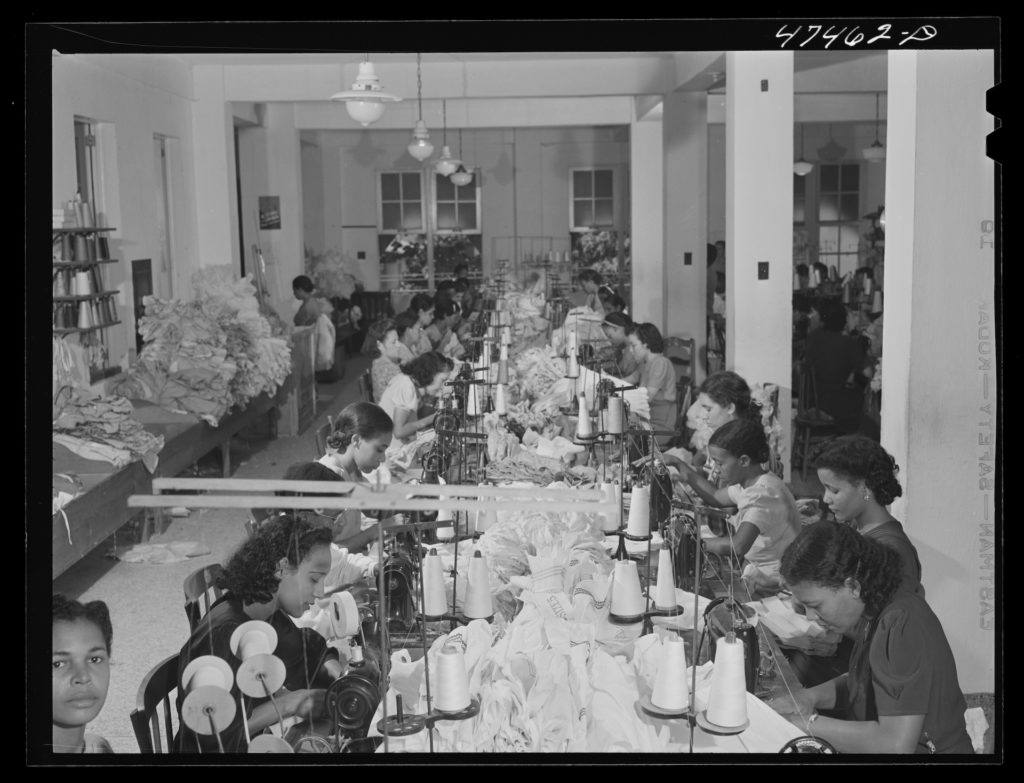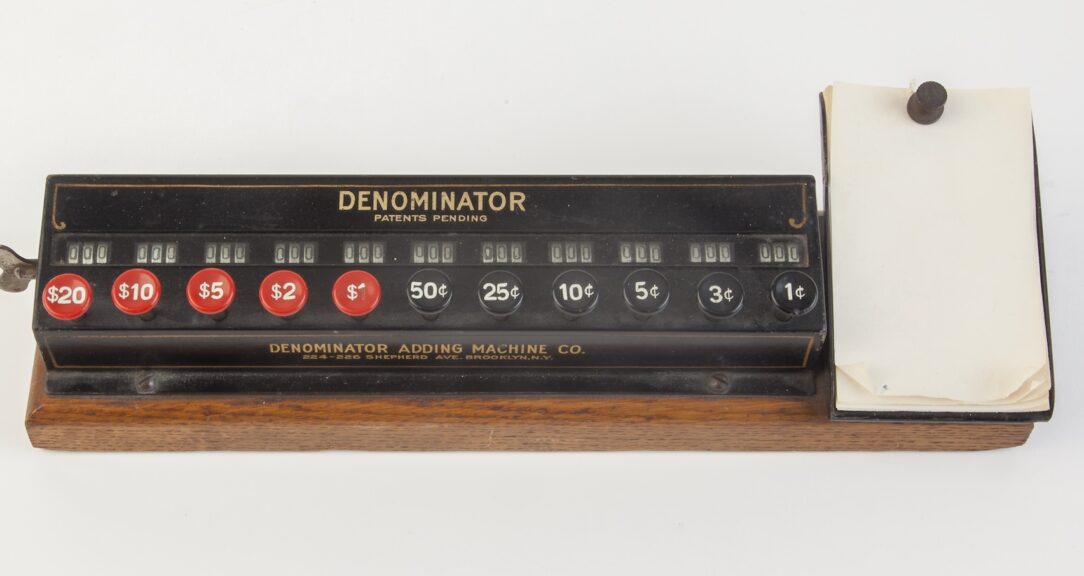In 2020, the Nobel Prize in Economics was awarded to David Card, Joshua Angrist and Guido Imbens for their work on “natural experiments,” a method of conducting empirical research first developed in the 1990s that fundamentally altered the field of economics.
In a natural experiment, economists analyze data from real-life situations to study the impact of a particular intervention. The researchers have no control over the population or its interaction with the intervention in question.
Before natural experiments went mainstream, empirical data and real-world evidence were not enough to change policy if they went against existing theoretical consensus. It was through the credibility revolution of the 1990s, attributed to the three Nobel Laureates, that natural experiments began to be taken seriously.
One of the experiments that earned Card et al. the Nobel Prize focused on the impact of higher minimum wages. The prevailing wisdom among economists was that if minimum wages were increased, it would lead to a fall in employment, as firms would employ fewer people and/or reduce the number of working hours in order to maintain their overall costs.
Card and his collaborator Alan Krueger disproved this thesis in part by comparing two neighboring U.S. states. In 1992, the state of New Jersey increased its hourly minimum wage from $4.25 to $5.05; Pennsylvania did not.
To analyze the real impact of a minimum wage increase, Card and Krueger surveyed more than 400 food outlets in New Jersey and Pennsylvania, with the latter becoming the de facto control group. Their study found no evidence of any reduction in employment due to the wage increase.
More orthodox economists, however, were not immediately convinced. Economics Nobel Laureate Jamesh Buchanan said at the time that Card and Krueger were undermining the very credibility of economics as a discipline.
“Just as no physicist would claim that ‘water runs uphill,’ no self-respecting economist would claim that increases in the minimum wage increase employment,” Buchanan wrote in the Wall Street Journal.
But soon the results of Card and Krueger’s study gained acceptance and changed the way economists and influential institutions thought about increasing minimum wages.
Today, minimum wages are widely accepted as an important piece of the social security puzzle and a key policy tool in combating inequality around the world. But it wasn’t always so.
Early attempts
A very early example of minimum wage can be found on cuneiform-inscribed clay tablets from ancient Mesopotamia. The Code of Hammurabi from around 1750 B.C. says, for example, that a ropemaker should be paid 4 gerahs (a small unit of silver) per day, and a tailor 5 gerahs per day.
In the Middle Ages, England at first enacted a maximum wage after the Black Plague claimed the lives of at least a third of the population. The labor shortage led to an increase in wages. King Edward III, who depended on serfs to work his land, decided to set a wage ceiling to protect himself and other landlords from skyrocketing costs. The maximum wage was enforced with penalties, and it did not ease the labor shortage. This led to the Peasants’ Revolt of 1381, the end of the maximum wage and the end of serfdom.
But that ordeal led to the establishment of a living wage based on the cost of food in 1389. It was formalized in 1604 during the reign of King James I with the passing of the Act Fixing a Minimum Wage. The statute mandated minimum wages for the textile sector, and employers who did not follow the rules would be fined 10 shillings.
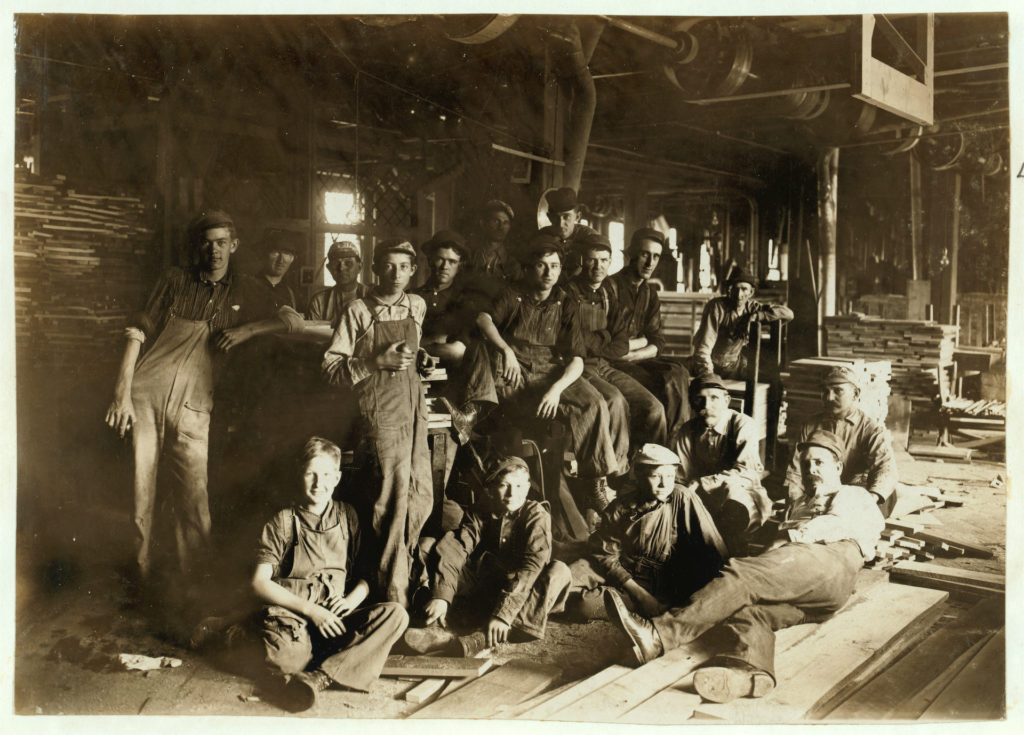
Modern wages
The first modern attempts at a legal framework for minimum wages came in New Zealand and Australia in the 1890s. In response to a massive strike by shipping workers protesting against poor working conditions and low wages, New Zealand introduced the world’s first national minimum wage law with the Industrial Conciliation and Arbitration Act of 1894.
Soon after, the Colony of Victoria, at the time a self-governing part of Australia, introduced its own minimum wages. And South Australia, Queensland and Tasmania followed with their own versions of minimum wage laws.
In this system, wage boards composed of workers and employers were set up for different sectors and industries. The boards consulted and determined their sector’s minimum wage rates, which were fixed and binding for all businesses operating in the industry.
In 1901, the individual states formed the Federation of Australia. Six years later, a landmark labor lawsuit, known as the Harvester case, pioneered the idea of a living wage at the national level. The court ruled that the living wage had to be enough for a worker to be able to afford the “cost of living as a civilized human being.”
“If instead of individual bargaining, one can conceive of a collective agreement — an agreement between all the employers in a given trade on the one side, and all employees on the other — it seems to me that the framers of the agreement would have to take, as the first and dominant factor, the cost of living as a civilized human being,” the judgement read.
The living wage had to be enough for a worker to be able to afford the ‘cost of living as a civilized human being.’
Australia and New Zealand’s experiences with minimum wage led the United Kingdom to consider setting its own basic wage. It was future Prime Minister Winston Churchill who introduced the Trade Boards Bill of 1909 in Parliament.
“It is a serious national evil that any class of His Majesty’s subjects should receive less than a living wage in return for their utmost exertions,” Churchill said on the floor of the house, urging his fellow Parliamentarians to pass the bill, which set rates for chain makers, tailors, paper-box makers, lace makers and finishing trades.
The U.K. law was also built on the structure followed in New Zealand and Australia where boards determined the minimum wages for particular industries, which were regularly revised upwards to reflect increases in cost of living.
The United States was next, as the state of Massachusetts introduced a minimum wage law in 1912 — although it only applied to women and children. A state-level commission determined the amount. Between 1912 and 1923, 15 more states enacted wage laws that covered women and children. However, in 1923, the Supreme Court ruled that the District of Columbia’s minimum wage law was unconstitutional, finding it violated citizens’ rights under the Fifth Amendment to freely negotiate wage contracts with employers.
Minimum wages were re-introduced in 1933 as part of President Franklin D. Roosevelt’s New Deal program, which also regulated working hours. The Supreme Court once again deemed the intervention unconstitutional, and minimum wages were abolished in 1935.
Finally, a version of the minimum wage regulation was passed in 1938, and one Supreme Court justice switched sides to support the law. The Fair Labor Standards Act set a minimum wage of 25 cents per hour and a work week of 40 hours for most workers in manufacturing. It also abolished child labor.
After World War II, more countries adopted minimum wages. India and Pakistan introduced minimum wage regulation in 1948 and 1961, respectively, setting minimum wages for various economic sectors, with divisions made along the lines of skilled versus unskilled workers.
Some European countries followed suit in the 1970s, including Spain, France and the Netherlands.
But the 1980s witnessed a backlash against minimum wage, led by U.S. President Ronald Reagan and British Prime Minister Margaret Thatcher.
“The minimum wage has caused more misery and unemployment than anything since the Great Depression,” Reagan said in 1980. He argued that raising minimum wages had hurt the U.S. economy not just by killing jobs, but by destroying the country’s spirit of entrepreneurship.
In the U.S., the minimum wage remained stuck at $3.35 per hour for most of the 1980s, while the wage councils that had set and ensured minimum wages for workers were disbanded in the U.K.
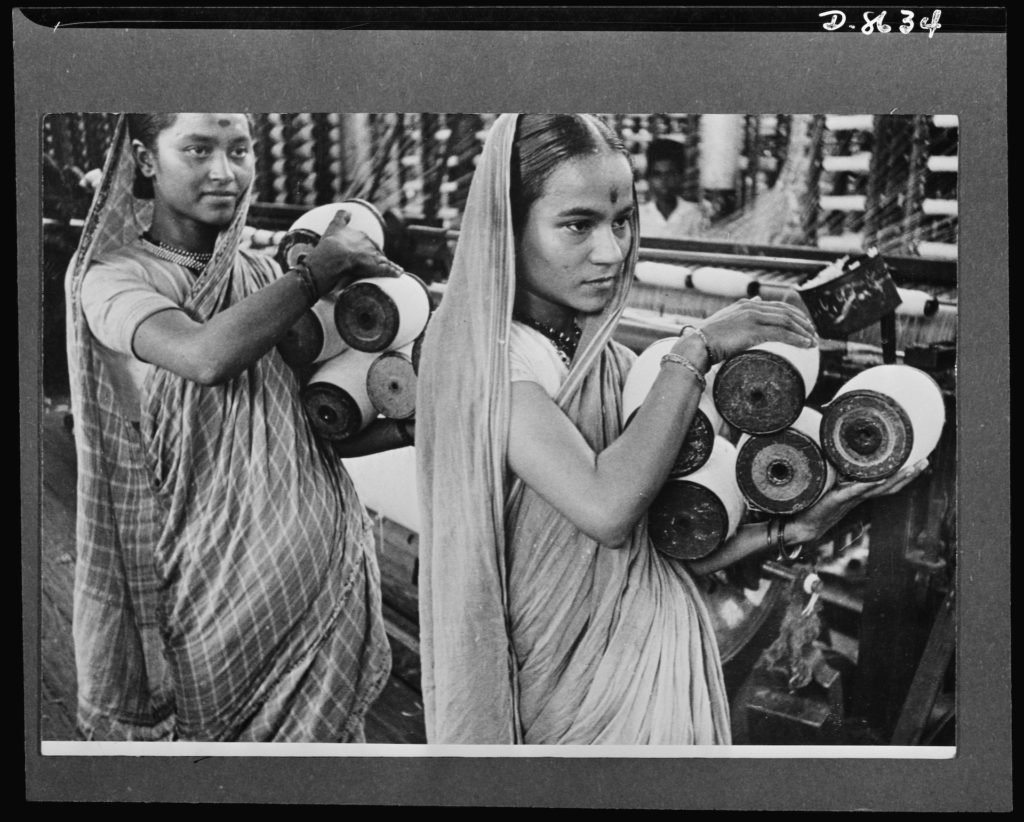
Modern experimentation
In recent years, however, despite increasing economic growth, poverty levels have remained largely unchanged, and inequality has increased across the world.
And so many more countries have instituted or strengthened minimum wage laws. In the 1990s, most European nations introduced minimum wages, including legal floors set by national collective bargaining agreements. Card and Krueger’s research, which established that higher minimum wages did not hurt employment levels, has influenced policy makers to see raising the minimum wage as an impactful policy tool to achieve social justice.
Smaller economies, including developing nations, have also adopted and strengthened legal frameworks for minimum payments for workers. China, Brazil, South Africa, Russia, Myanmar and Malaysia all established minimum wage standards in the 1990s and the 2000s.
India introduced a massive public works employment scheme to complement the minimum wage in 2006. The Mahatma Gandhi National Rural Employment Guarantee Act (MGNREGA) aims to provide a degree of earning security to the most disadvantaged in India. Under the scheme, each person is entitled to 100 days of work per year at the daily wages prescribed by MGNREGA, which are lower than the prescribed daily minimum wage, making it an employer of last resort.
Over the past 16 years, researchers have observed that the program has impacted minimum wages. In India, where companies sometimes flout minimum wage rates, the scheme has ensured that wages do not dip lower than the MGNREGA wage rates, because work at that wage is almost always available.
In effect, the MGNREGA wage is a floor beyond which wages do not fall. Studies have shown that the program led to an increase of up to 9% in rural wages in India. In a sense, it’s the world’s largest work program — it employed 90 million people in 2020. Despite initial fears that MGNREGA might lead to lower wages, other sectors have actually increased wages in response.
Initially, the World Bank had referred to the program as a “barrier to development.” But it changed its mind after seeing the real-world impact, and in 2014 it described MGNREGA as a “stellar example of rural development.”
The pandemic and beyond
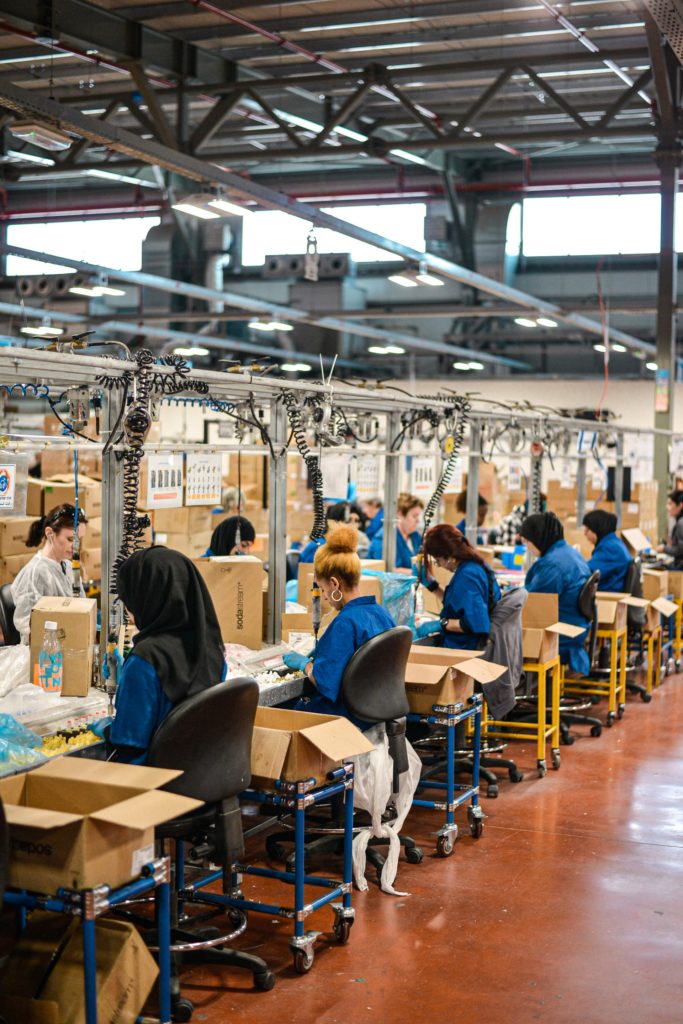
Since the global financial crisis, a near consensus has emerged that enforced minimum wages are necessary due to rising income inequality. So the question now is what frameworks are best for setting minimum wages.
Implementation of minimum wages is particularly difficult in developing countries, as the most vulnerable workers are sometimes left out of the beneficiary net altogether. The challenge has been to design minimum wage programs that reach the poorest of the poor.
The Covid-19 pandemic has further exacerbated these wage problems — particularly in developing countries, where governments were less able to support workers as economic activity scaled back.
The International Labor Organisation’s (ILO) Global Wage Report for 2020-21 found that wages in two-thirds of the world either declined or grew more slowly than expected in the first six months of 2020.
During the pandemic, more than 40 countries introduced temporary wage subsidies to help workers overcome the pandemic’s economic shock, including job losses.
But these measures are temporary, and the economic impact of Covid-19 will last for several years, the ILO warns. The real impact of the last two years on the state of income and wages across the world may not be clear for a while.
Still, we already know the lowest-paid workers have borne the worst of the wage decline. “Those in lower-skilled occupations lost more working hours than higher-paying managerial and professional jobs,” the ILO report noted.
The ILO suggests that “adequate wage policies” that take into account social and economic factors need to be introduced across the world, with an emphasis on sustainability and addressing rising inequality. Minimum wage systems could play a central role in economic recovery programs across the world.
Read more
Sign up to keep up to date with ReThink Q.
